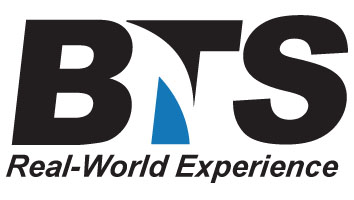| Hands-On Avaya Communication Manager Basic and Advanced System Administration |
 |
Basic Administration Course Objectives: (Days 1-2)
Describing system components (hardware and software)
- Interpreting system forms including: Call Center BCMS Basic forms and Reports, Coverage Paths, Coverage Groups, Abbreviated Dial, Pick-up groups, Hunt Groups, Paging Group, Intercom groups, Stations, IP phones, Route Patterns and ARS.
- Administering voice terminals and adjuncts � (phones)
Moving, adding, deleting, changing phones
- Understanding voice terminal features (there are over 100)
- Understanding Coverage � paths, groups, time of day
- Administering trunk features and class of restriction COR
- Administering class of service COS features
- Administering ARS analysis (call routing)
- Administering T-1�s especially ISDN-pri.
- setting system wide parameters
- Retrieving and interpreting traffic data analysis reports
- Applying attendant console features
- Trouble Shooting Basic user and equipment problems
- Describe newer system features and capabilities of the CM 6 software.
- Administer and modify the system to take advantage of the new capabilities. Administration includes how to implement a list of several new features or old features that have enhancements: (see ADVANCED Feature List Below)
- Administering and installing T-1�s especially ISDN-pri.
- Using New ASA software and Val Manager software
- Understanding system management features and
- setting system wide parameters and thresholds
- Retrieving and interpreting traffic data analysis reports
- Determine trunk requirements
- Applying attendant console features
- How to Clean up your old software
- Trouble Shooting user and equipment problems
- Review system security and management reports
- Learn how to administer changes on vectors and call routing without
service interruption
- Understand Skill based routing and programming (EAS)
- Administering call center voice terminals- (phones)
- Changing feature buttons relating to Call Center Functions
(Vu-stats, Queue buttons, After Call Work, Aux, Rona buttons etc.)
- Understanding reports produced by CMS Supervisor and/or BCMS
- Scheduling the reports in CMS or BCMS or ASA
- Setting up the Directory and Agents in CMS and the CM switch
- Understanding the Management Tools available to Supervisors
(Service Observing, Whisper, Agent Trace, Monitoring)
- Adding Agents and setting up Skill Levels in the CM switch
- Changing Agents Skill levels and Skill numbers in CMS and BCMS
- Programming Holiday options, priority queuing options, redirect on no
answer options (RONA), voice mail options, time of day options.
- Writing vectors for new applications and understanding the vector options
such as: go-to, route-to, collect, messaging etc.
- Administering Announcements and tracking the announcement capacity.
Backing up Announcements, making changes on Announcements.